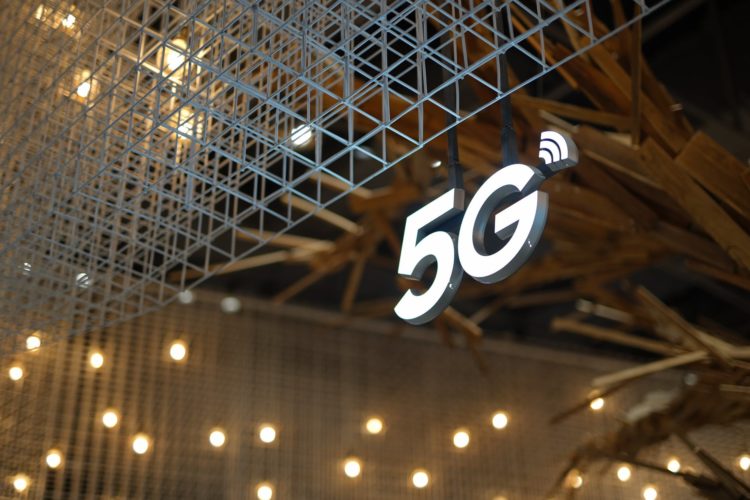The rapidly increasing demand for application-driven data, especially from those with high data consumption, will eventually exceed the target operating cost for 4G networks.
With baselines for 5G consumer plans starting at the top end of 4G plans (for example, 100 Gb buckets and higher) and enterprise applications already generating IP traffic in terabytes per second, it should not be hard to see how the use of data from 2023 onwards is going to scale quite rapidly.
Soon, there will be a tipping point where 5G will be the preferred technology because of the cost and capacity to serve the demand for data. At present, 4G is still sufficient to handle most use cases in the market.
Emerging technologies used in combination with 5G are bringing better value to the industry. The combination of 5G with standalone (SA) support, network slicing capabilities, edge computing, artificial intelligence (AI), and cloud will drive the next wave of growth within the telecoms industry.
While we are not there yet, many can see the value of 5G and how it can transform the industry. Enabling mission-critical services that depend on real-time decision-making and leverage high resolution and responsiveness is one such example. Many more use cases have been tested in recent years and are starting to make their way to commercialisation in 2023.
With the industry buzzing with strategic partnerships constantly being announced, we are expecting the floodgates to open and unleash a host of innovations and new business models that will arise as a result of the transformational power of 5G backed by the power of technological convergence. The next stage will be bigger and broader and will require different skill sets.
As companies face talent shortages and an economic climate that is triggering many M&As, uniting for progress is the way forward. With more partnerships (with companies having skin in the game) innovating and developing tools and services, beyond-connectivity deployments will become easier, faster, and more prevalent.
2023 will see greater data growth and technological convergence. We can expect mobile operators to put greater emphasis on improving customer experience and driving network automation. This will make sense, as 5G has the capability to humanize technology and monitor channels in real-time using artificial intelligence (AI) and automation. Improving customer experience with 5G can also help with 5G monetisation.
By addressing 5G monetisation, adoption rates will respond better to 5G development. With more 5G Standalone (SA) deployments and implementation of network slicing capabilities in live networks in 2023, the availability of new capabilities will start to impact a wider audience.
The timing is also right, as from 2023, we will start to see what the post-COVID-19 pandemic era will look like. Termed the “new normal” and talked about since 2020, clarity on our future direction and the turn that technology will take had remained elusive these past few years.
Many within the industry talk about it taking a few more months to a whole year for things to settle down and I concur. However, this is not entirely a bad thing. I think that with better clarity on where technology is needed, solution development can finally speed up to address the pace at which need is evolving. This should be viewed as a good thing.
If past success is anything to go by, it is always helpful to have the right solution meet need at the right time. Let’s see if the fireworks will start. Firing systems are in place, the unknown is now down to the timing. We are at the doorway to the next chapter.
Goodbye 2022, Hello 2023!





